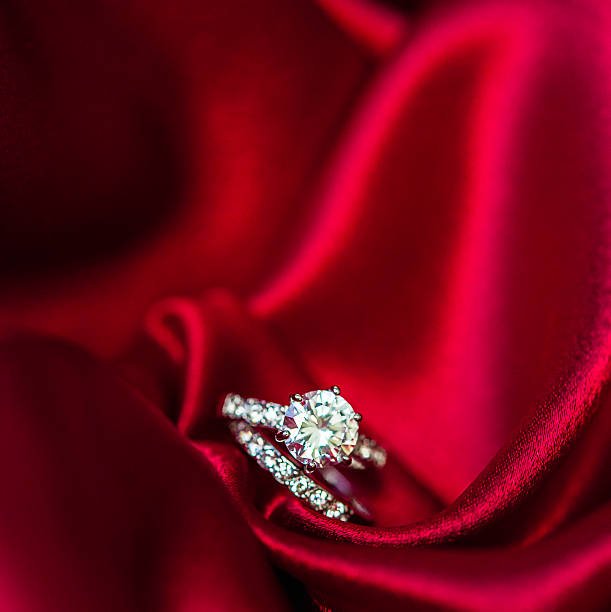The Diamond Color Chart: Shades and Shadows Affect a Diamond's Value All Entries

One of the first things a gemologist will do when examining a diamond is compare it to a diamond color chart. This chart can help determine the overall quality and value of the stone. However, there are some exceptions , as pink or blue diamonds can be worth considerably more due to their rare colors.
How Diamonds Get Their Color
Few diamonds are flawless and most have a slight tinge of color to them. These colors are caused by impurities within the stone or defects within the crystal lattice of the diamond. Diamonds occur in a variety of colors, ranging from yellow and orange, to brown and black. A diamond's color is determined by the presence of nitrogen atoms and the way the nitrogen has integrated itself within the structure. The presence of additional elements, such as boron or hydrogen can further affect the diamond's color. The greater the presence of these elements and the greater the distortion of the hydrogen atoms, the stronger the color will become.
The Gemological Institute of America's Diamond Color Chart
Diamonds are given a color rating ranging from D to Z. A "D" diamond is colorless, while a "Z" diamond is heavily hued. The closer the diamond is to the "D" color rating on the diamond color chart, the higher the value of the diamond. The scale was chosen in order to streamline and remove inconsistencies within the color grading process used by gemologists when assessing the value of diamonds.
Most diamonds found in nature are rated between "N" and "Z" on the scale. However, most diamonds sold in jewelry stores are rated from "D" to "H." These colorless and near colorless diamonds are considerably more rare and have a much stronger appeal within the jewelry market.
Rare Colors that Buck the Scale
Red, purple, pink, and blue diamonds are considerably rare. As a result, the value of these diamonds can be remarkably high. These diamonds represent less than 0.01% of all diamonds mined from the earth. Their rarity and beautiful colors exempt them from the standardized classifications assigned by the GIA's diamond color chart.
The team at Ralph Mueller & Associates invites you to contact us at 480-949-9299 to learn more about the diamond color chart. We will be happy to tell you more about the factors that influence your diamond's final color rating.